Tilt-in-Space Wheelchairs
Change your position to offload pressure from seating surface.
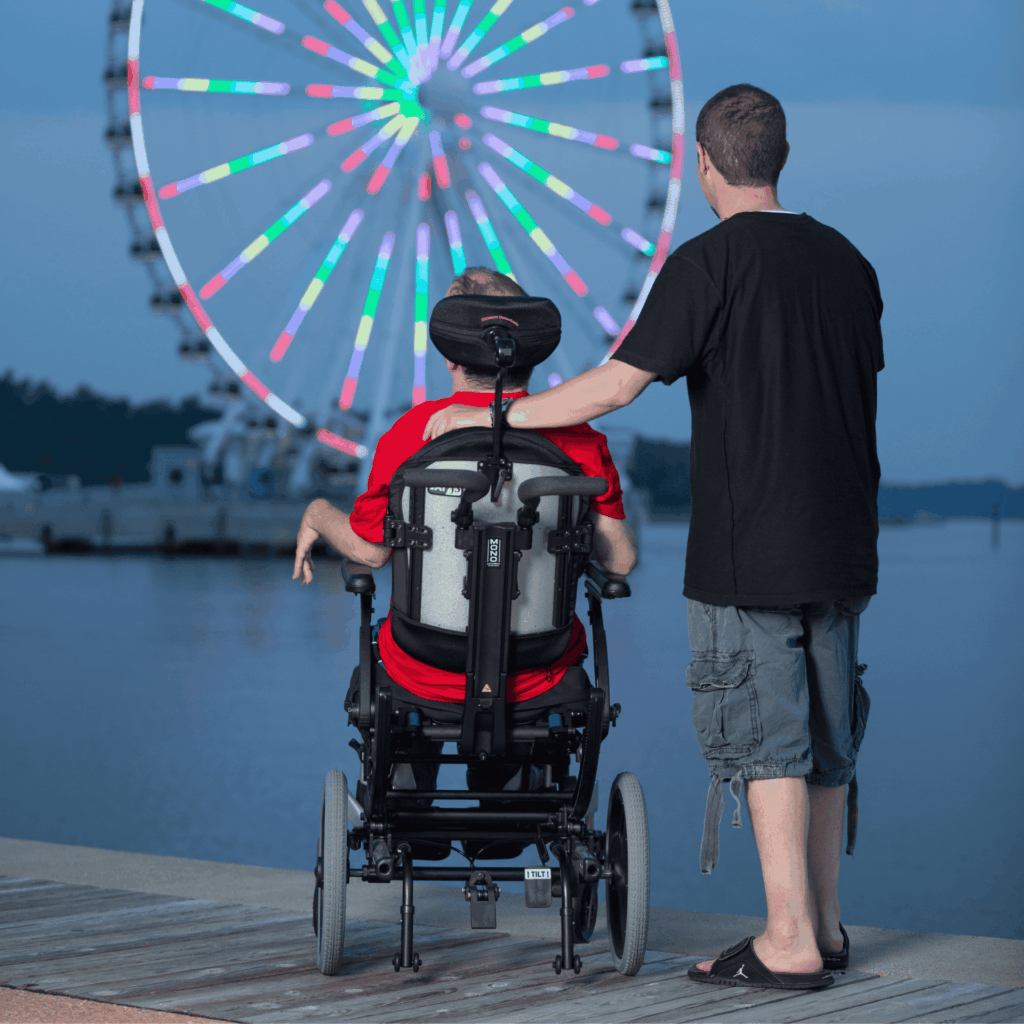
Use & Benefits
Relieve pressure, regain comfort
If you rely heavily on your seating system, are unable to propel yourself, or can’t perform independent weight shifts, tilt-in-space technology can offer essential support. It’s especially beneficial for individuals with brain injuries, stroke, or severe disabilities, helping improve comfort, posture, and pressure management.
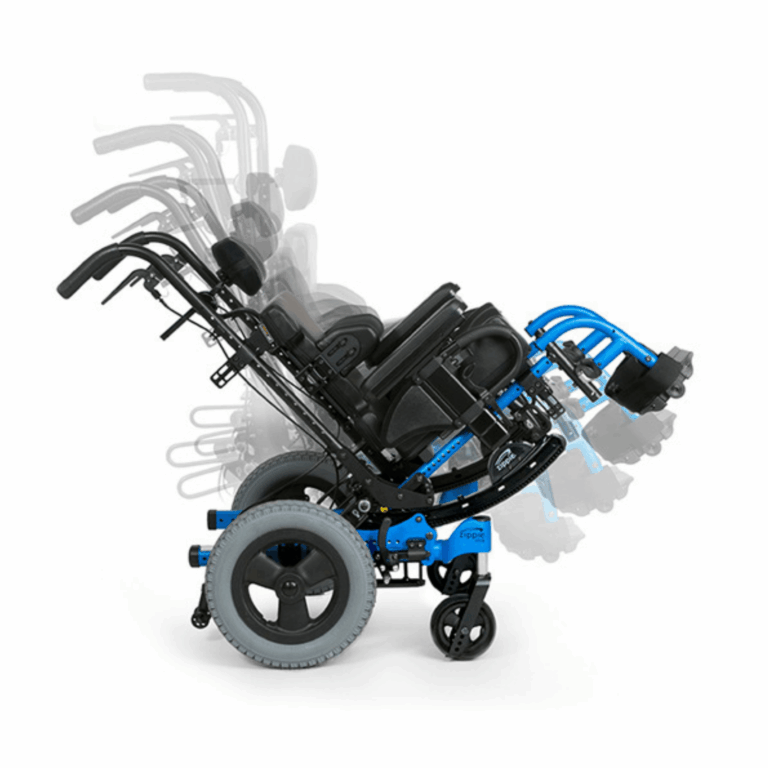
Use
Tilt Wheelchairs are best when you need help shifting your weight. These manual wheelchairs can give you the ability to easily tilt yourself back, allowing for pressure relief and better circulation.
Prevents Pressure Injuries
Redistributing pressure helps prevent pressure injuries.
Supports Digestive Health
A correct, upright position helps prevent digestive complications.
Encourages Blood Flow
Tilting helps alleviate postural hypotension, while providing the ability to bring the client in to a completely upright position if Autonomic Dysreflexia is suspected.
Enhanced Comfort
Changing positions throughout the day reduces fatigue, discomfort, and stiffness, especially for those who spend extended time in their wheelchair.
Helps Lung Function
The ability to position and reposition correctly keeps the diaphragm open to help prevent complications for those at risk of respiratory complications.
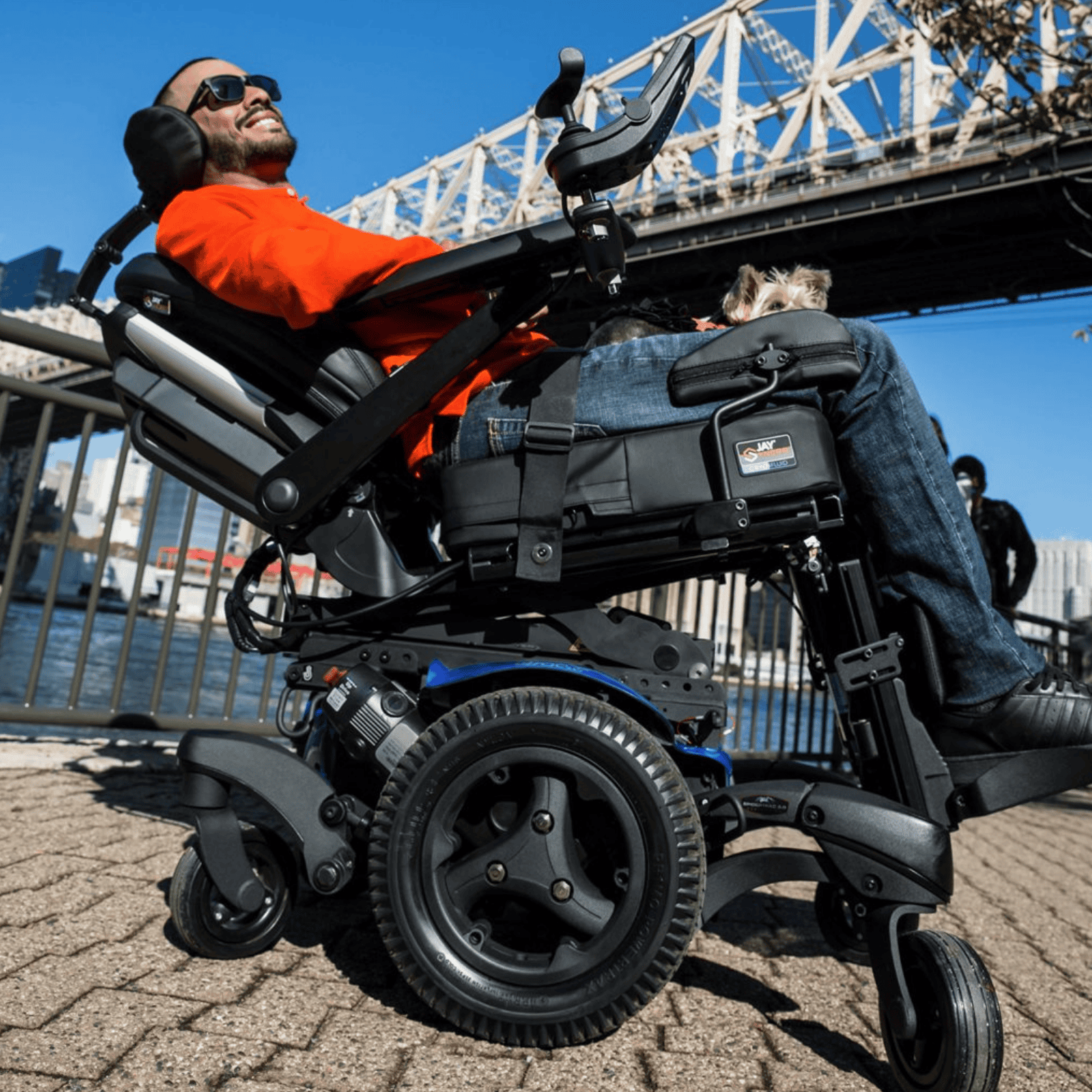
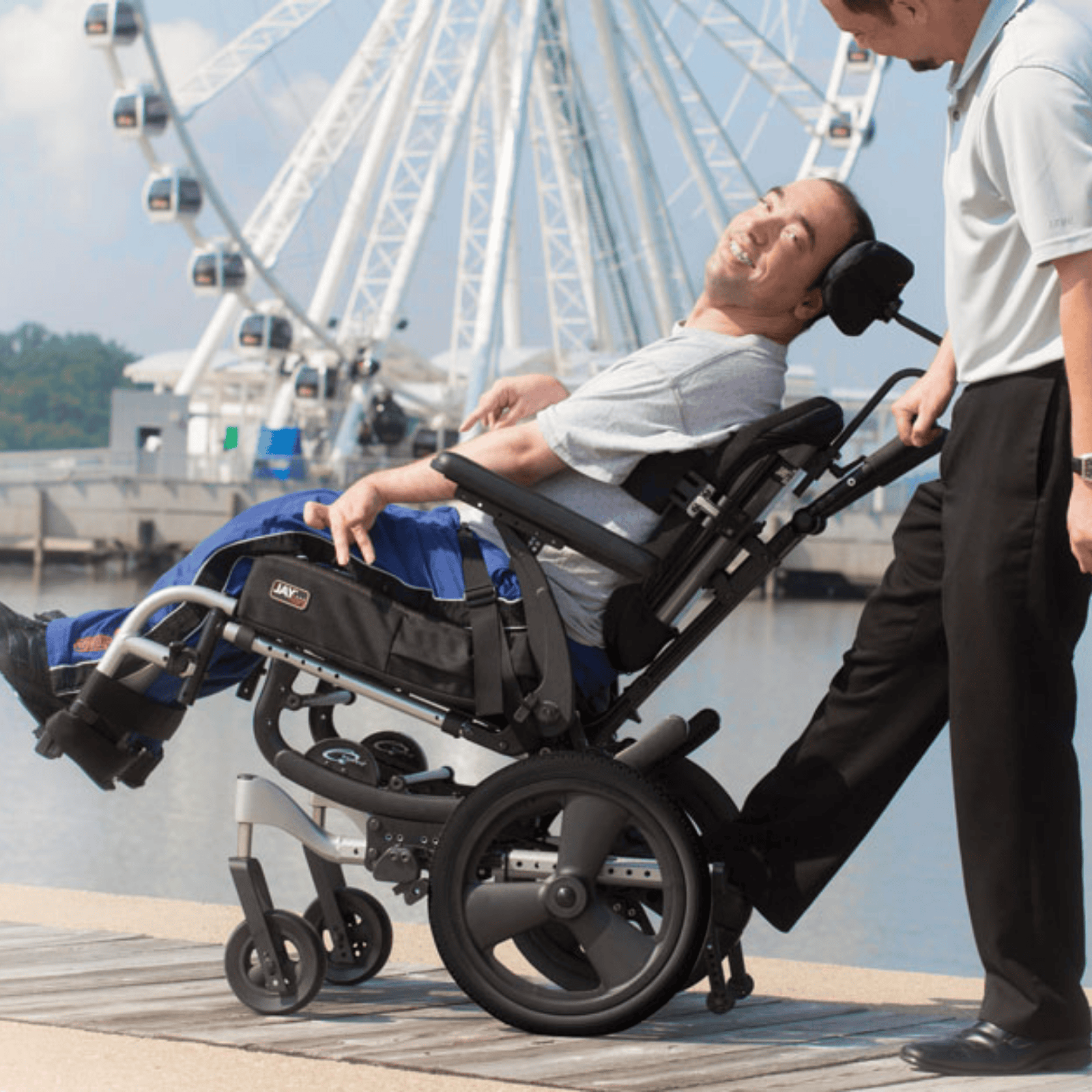
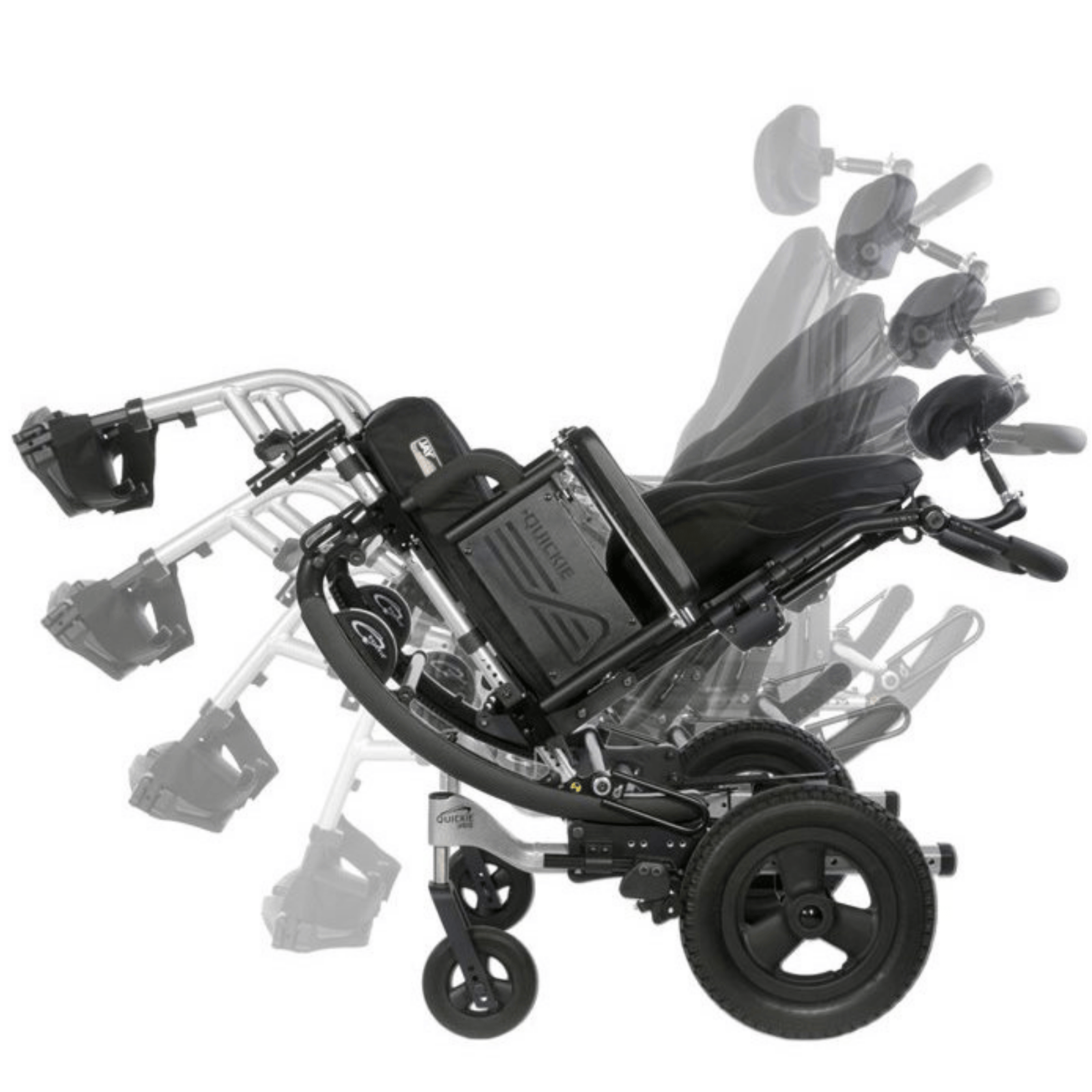

Want this chair?
Connect with us for more information
Whether you have questions about insurance or equipment, or simply need some guidance, we’re here to help you.
Medical Necessity
Medical necessity is a key requirement for insurance to cover mobility equipment. Insurance providers will only approve equipment that is considered medically necessary based on your specific health needs and daily functional limitations. Our team works closely with your healthcare provider to ensure all documentation supports this requirement.
Insurance Coverage
Because most of our mobility equipment can be covered by insurance, our process is centered around working closely with your insurance provider every step of the way. From your initial evaluation to the final delivery, our dedicated medical documentation team ensures everything is in place to help you get the equipment you need.

Customer Stories

Allaina’s Story
When she was young, a gymnastics accident left Allaina with quadriplegia. Over time, having a wheelchair has become a way of life. However, she continued to experience back pain from bumps, cracks and uneven terrain. Thanks to her SoftWheel by Numotion in-wheel suspension system, Allaina now comfortably goes about her active life as a wife, mother and graphic designer.